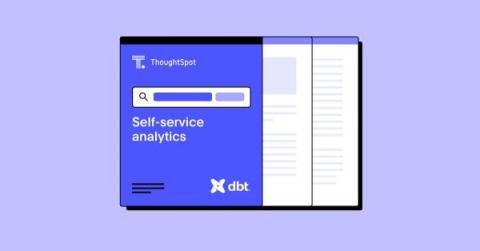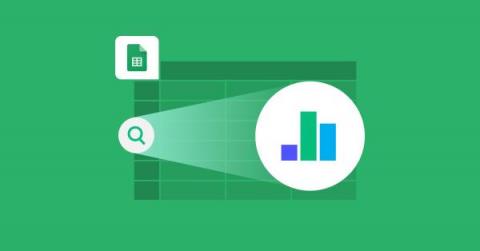FIFA World Cup 2022: Insights from Spotters
The FIFA World Cup 2022 is nearing its end, and the final game promises to be a nail biter. What started with 32 countries battling it out for close to a month, will now culminate in a play-off between Argentina and France. FIFA projects more than 5 billion people to tune in for the tournament, perhaps making the World Cup Final 2022 the most watched event of the year!











